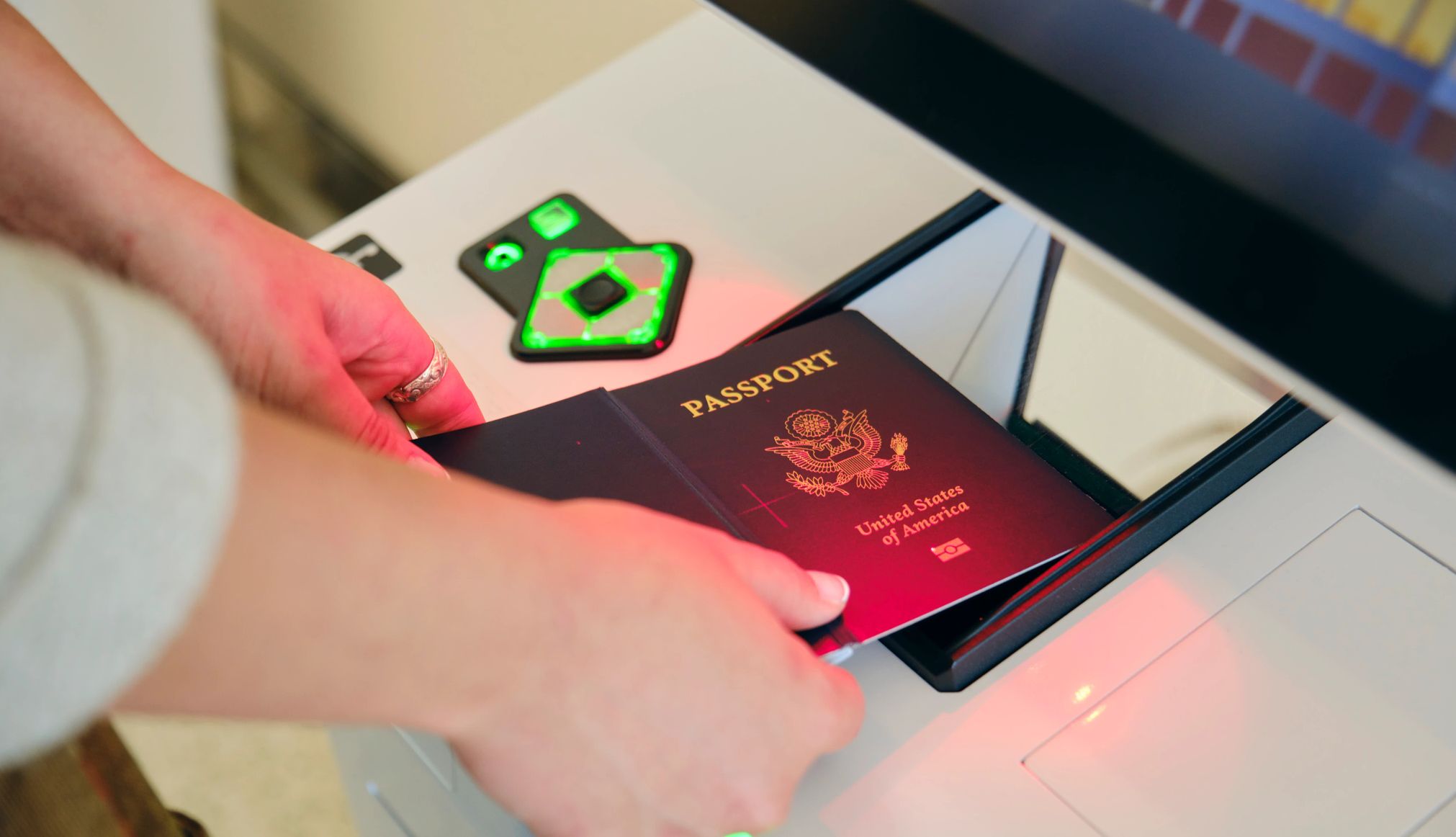AARP Hearing Center


In this story
Caregivers’ challenges • Navigating air travel • Handling security • Flying solo • Traveling by train • Taking road trips • Booking hotels
For caregivers who want to travel with older parents, the challenges of taking a trip can be great.
But so can the rewards, says Shonda Boudet, who provides in-home care services to older adults in Baton Rouge, Louisiana. To celebrate her 50th birthday and her mom’s 70th, she arranged a special mother-daughter vacation.


AARP Membership— $12 for your first year when you sign up for Automatic Renewal
Get instant access to members-only products and hundreds of discounts, a free second membership, and a subscription to AARP the Magazine. Find out how much you could save in a year with a membership. Learn more.
Although planning the trip took more time than if she were traveling alone or with girlfriends, she says the extra effort was worth it.
“There’s no price tag on shared family experiences and happy memories,” says Joy Loverde, author of Who Will Take Care of Me When I’m Old? and The Complete Eldercare Planner. “When my sister and I took my mom back to her hometown in Italy, … we created a photo album that we presented to her later on. She relived those experiences over and over again, and so did we.”
AARP’s 2024 Caregiving Travel Survey found that roughly half of adult caregivers have avoided a personal trip with their care recipient because of the difficulties involved. To make it easier for caregivers and their loved ones to enjoy time with friends and family, here are tips to help you plan.
Air travel is quicker but has more chance for complications
Although flying is the fastest way to travel long distances, you’ll want to prepare yourself for big terminals, security screening and boarding.
Fly direct. Book a direct flight if you can, Loverde says. Shuttling quickly between gates can be exhausting.
Plus, you face an increased risk of losing luggage. If a direct flight isn’t possible, choose a long layover to give your loved one and your suitcases more time between flights.
Choose a prime seat. Book an aisle seat as close as possible to the front of the plane. That way your loved one is near a lavatory and the exit — and doesn’t have to walk the long, narrow aisle toward the rear of the cabin.
Ask for wheelchair assistance. Even if your loved one is healthy and mobile, a gate can be a long way from the security checkpoint. The U.S. Department of Transportation requires that airlines provide wheelchair assistance to and from your gate, between gates for connecting flights and to baggage claim.
Although you can request wheelchair assistance upon arrival at the airport, you can arrange it earlier. Call the airline’s customer service number or request help online when you book your tickets.
Make sure to request assistance at the other end of your flight too.
Inquire about early boarding. Most airlines will allow older travelers and their caregivers to board before most passengers if you request it.
Be prepared for the quirks of airport security
The Transportation Security Administration (TSA) website TSA Cares has resources for passengers with disabilities and medical conditions, so you can prepare ahead of time for the security lines.
Call the TSA Cares call center at 855-787-2227 or send an email if you have questions you don’t see addressed. Reach out at least 72 hours before departure.
To make things go as smoothly as possible during screening, make sure all medications and medical devices are labeled, and carry a signed doctor’s note explaining your loved one’s medical needs and conditions.
If standing is difficult, your loved one can ask to be screened while sitting.
Service animals must be screened. The animals go through checkpoints with their owner. Collars, harnesses, leashes and other accessories with little or no metal might make screening quicker.
External medical devices may need special attention. Feeding tubes, insulin pumps and ostomy bags are allowed but can be inspected. Tell the TSA agent your loved one has a device and where it’s located.


































































More From AARP
Chasing Satisfaction, Not Happiness, May Be a Healthier Goal for Caregivers
Therapist Jennifer Guttman offers 6 secrets to building resilience and strength44 Road Trip Tips To Help You Travel Like A Pro
A driving adventure has it all: national parks, authentic dining and good ol’ Americana
Tips for Traveling With Someone Who Has Dementia
How to plan and pack for your vacation
How to Be an Effective Advocate for Aging Parents
6 skills that will help you understand your parents' wishes